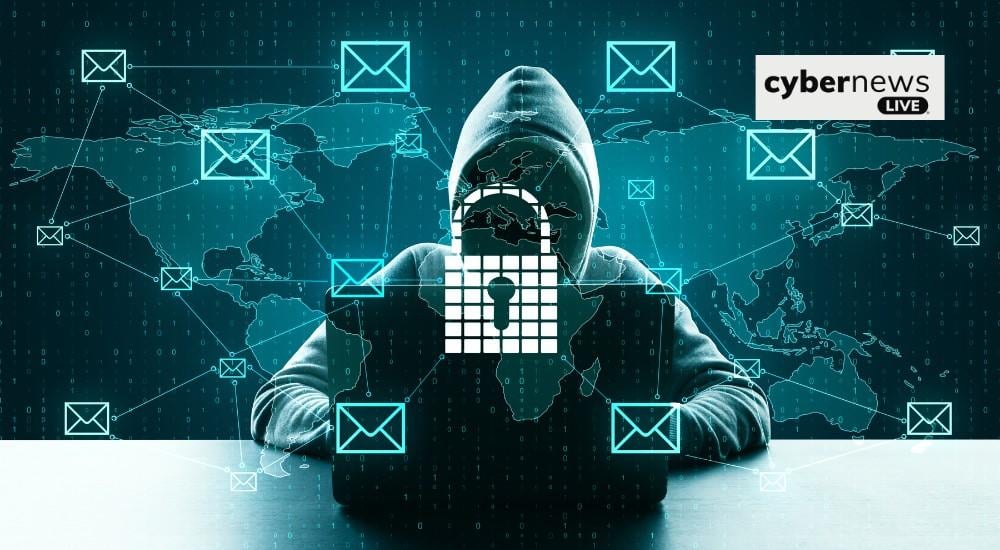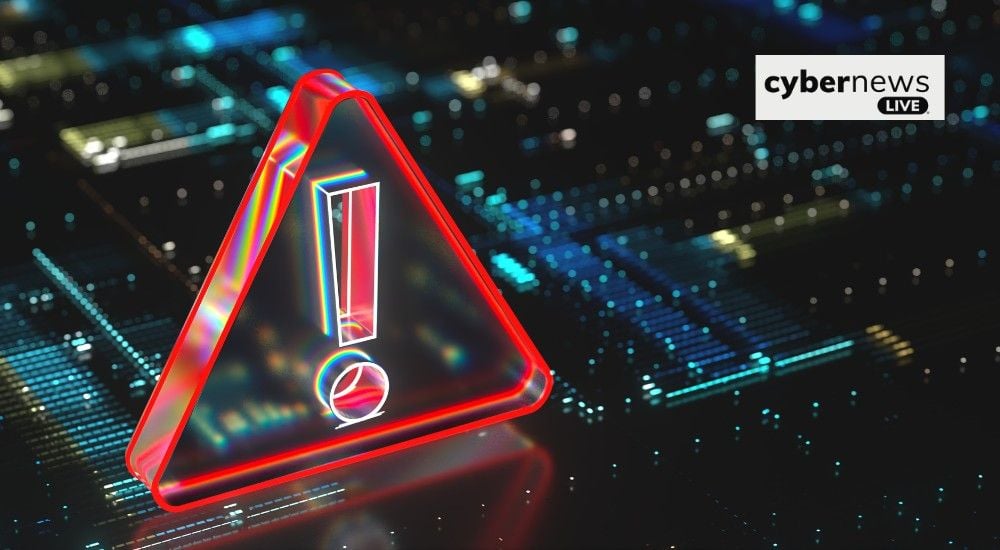

PYSA Ransomware: Everything You Need to Know
The Protect Your System Amigo (PYSA) ransomware is a formidable threat that infiltrates your network to exfiltrate sensitive data and encrypt critical files for ransom. This malicious threat targets sectors like higher education institutions, healthcare providers, and private companies. PYSA continues to evolve, adapting sophisticated tactics to exploit vulnerabilities within organisational defenses. The emergence of this threat underscores the necessity of robust security measures and mitigation strategies within these vulnerable sectors.
PYSA ransomware became prominent as one of the largest ransomware groups in the world, drawing the attention of authorities like the FBI due to its escalated activity and devastating impact. PYSA is a variant of the Mespinoza strain that targets high-paying entities capable of paying the hefty ransom demands.
The first known case of PYSA ransomware emerged in late 2019, initially encrypting files using a “.locked” extension, a common characteristic of various ransomware strains. Over time, PYSA has evolved significantly, becoming a far more intricate threat.
Let’s understand the PYSA ransomware in detail.
What is PYSA Ransomware?
PYSA is a human-operated ransomware variant that encrypts data on compromised systems and demands ransom payments for decryption. The acronym PYSA, which stands for ‘Protect Your System Amigo,’ is prominently displayed on the ransom note left on infected devices.
PYSA operates under the Ransomware-as-a-Service (RaaS) model, a framework developed by threat actors to support other criminal entities that may lack the expertise to create ransomware themselves. This setup enables widespread attacks, allowing cyber criminals to target specific sectors such as government institutions and healthcare providers. These sectors are targeted for their critical need for constant data access and system operation.
For example, a PYSA ransomware attack could cripple a hospital’s ability to access patient records or operate essential medical software, causing delays in the treatment process. These threats can jeopardize patient care, potentially leading to severe consequences such as reputation damage and financial loss.


How Does PYSA Ransomware Work?
PYSA or Mespinoza ransomware uses a varied approach to infiltrate and compromise the victim’s computer system, subsequently holding data for hefty sums. This ransomware gains access to the victim’s system through various techniques, including phishing emails, brute force attacks, and social engineering. Additionally, PYSA ransomware exploits system vulnerabilities in network infrastructure, particularly those associated with insecure remote systems.
Once it infiltrates a system, PYSA encrypts files, making them inaccessible to victims. This digital siege is compounded by a ransom note demanding payment in cryptocurrency in exchange for a decryption key. To demonstrate their ability to restore access, attackers typically require victims to submit two files, each approximately 2MB in size. Moreover, PYSA applies additional pressure on victims by threatening to release sensitive data publicly.
Prevention Against PYSA Ransomware
PYSA ransomware’s aggressive encryption of network files highlights the need for proactive measures for organisations. Here are some advanced security measures organisations can take to bolster their defenses against PYSA ransomware.
Employee Training and Defense
Equip your employees with the skills to detect phishing attacks. Train them to carefully examine email senders and refrain from clicking on any suspicious links. Hackers usually mark suspicious emails as important or urgent to exploit a false sense of security.
Keep Software Up to Date
Use official and automatic update mechanisms to regularly update all your software, including the operations system, applications, and security tools. Always download software and files from verified and secured sources. Avoid downloading software from unofficial sources, as they can introduce malware during activation.
Regularly Scan the Operating System
The operating system is the most critical part of your software security posture, as its vulnerabilities can harm the entire system. Scan and update your operating system regularly using a trustworthy antivirus or antispyware. An operating system’s inherent complexities make it prone to vulnerabilities that can become security threats. Hence, operating system updates are crucial to address these vulnerabilities and avoid potential risks.
Secure Configurations and Access Controls
Implement secure configurations across all the devices to minimize the vulnerabilities. Enable the tamper protection setting to stop unauthorized access. Additionally, multi-factor authentication should be used, and lockout policies for administrative accounts should be enforced to limit access to necessary tasks.
Continuous Monitoring and Response
Implement continuous monitoring of your system to address suspicious activities and anomalies promptly. Early detection of potential risks can mitigate the impact of ransomware attacks and prevent further spread.
Enable Secure Remote Access
Use remote administration services with robust encryption methods that only accept access from authorized users and locations. Regularly monitor remote access logs for unusual or unauthorized activity to minimize the impact of a potential breach.
Conclusion
PYSA represents a severe threat that can adversely affect an organisation, leading to financial losses and reputational damage. If your organisation falls victim to a ransomware attack, report the incident to authorities. With the growing threat of ransomware like PYSA, it has become more crucial than ever for organisations to prioritize both prevention and effective response strategies. Implementing robust security measures and practical mitigation steps are essential for organisations to mitigate the risks of PYSA ransomware.
Keep your defenses strong against cyber threats. Follow Cyber News Live for the latest in cyber security updates and expert protection strategies.

